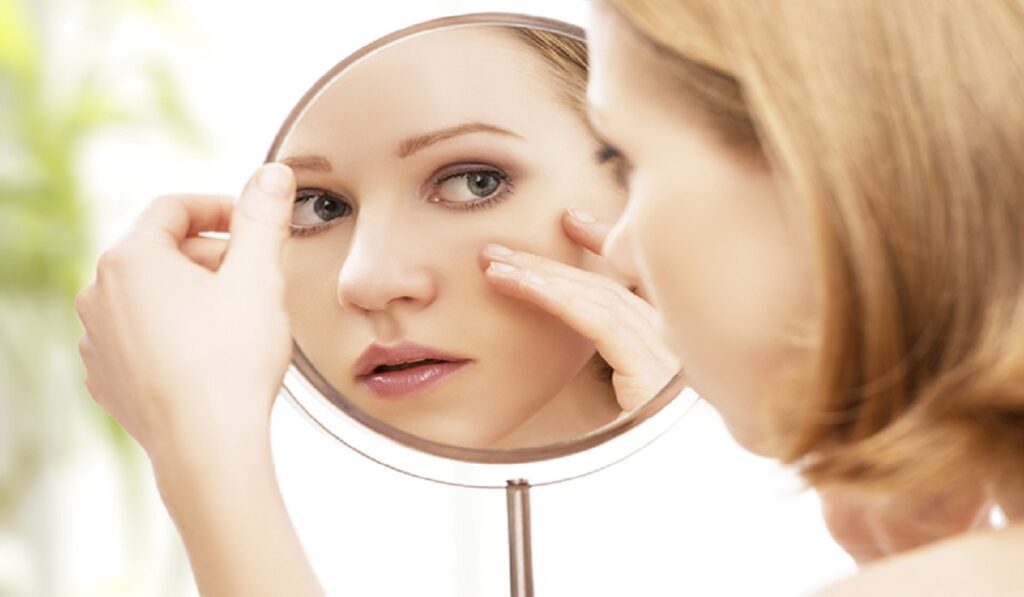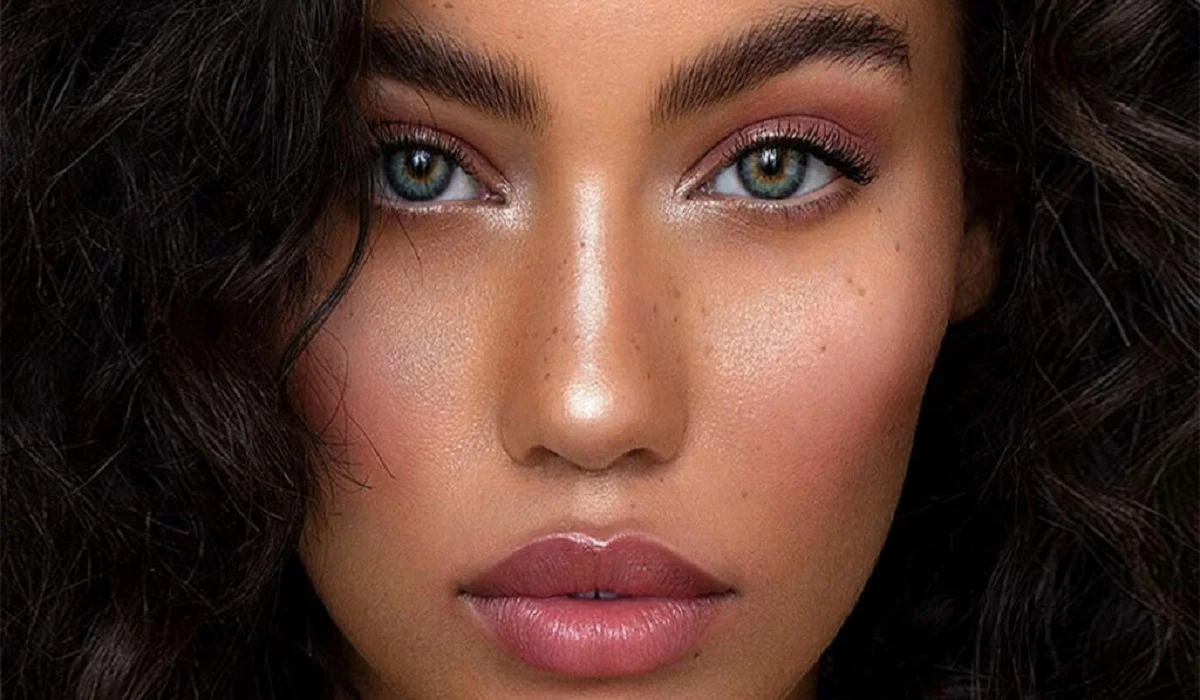Acne is not just a teenage dilemma; it’s a skin condition that affects individuals of all ages, genders, and backgrounds. Whether it manifests as a mild annoyance or a significant challenge, understanding the causes of acne and implementing effective strategies for management and prevention is crucial. This comprehensive guide dives deep into the roots of acne formation and offers a roadmap to clearer skin, debunking myths and highlighting effective treatments along the way.

Often remembered as the bane of our teenage years, acne is a persistent condition that spares no one, lingering into adulthood for many. Contrary to popular belief, acne is not confined to the face alone; it can emerge on the neck, chest, and back, leading to discomfort and a significant impact on self-esteem. The quest for clear skin is universal, crossing age and gender lines. In this detailed exploration, we’ll uncover the factors contributing to acne, delve into its various types, and equip you with actionable advice to manage and prevent it effectively.
Understanding the Roots of Acne
The journey to clear skin begins with a thorough understanding of what causes acne. Hormonal fluctuations, particularly during puberty, play a pivotal role by increasing sebum production. This excess oil, combined with dead skin cells, can clog pores, setting the stage for acne-causing bacteria to thrive. However, hormones are just one piece of the puzzle. Factors such as diet, stress levels, and genetics also contribute to this complex condition, making a one-size-fits-all solution elusive.
The Many Faces of Acne
Acne’s appearance can vary significantly, from the typical teenage outbreaks to the frustrating persistence of adult-onset acne. Understanding the different types of acne is key to selecting the appropriate treatment. Whether it’s the occasional blackhead or more severe forms like cystic acne, recognizing the type of acne you’re dealing with is the first step towards effective management.
Strategies for Managing Acne
Effective acne management often begins with a visit to a dermatologist, who can offer tailored advice and treatment options. However, not everyone can access professional care immediately. For those looking for at-home strategies, incorporating products containing salicylic acid or benzoyl peroxide into your skincare routine can make a significant difference. These ingredients target acne at its source, helping to clear existing breakouts and prevent new ones.
Navigating the Challenge of Acne Scars
The aftermath of acne, particularly acne scars, can be as challenging to address as the acne itself. Fortunately, there are both professional treatments and over-the-counter options available to help reduce scarring. From laser therapy to topical treatments, exploring these options can lead to smoother, clearer skin.
Embracing a Holistic Approach to Acne Care
Achieving clear skin goes beyond just topical treatments; it involves a holistic approach that considers diet, stress management, and lifestyle habits. Incorporating a balanced diet, staying hydrated, and practicing stress-reduction techniques can all contribute to healthier skin.
Customized Skincare Routines for Acne-Prone Skin
Creating a skincare routine tailored to acne-prone skin is crucial. This involves gentle cleansing, avoiding harsh scrubs, and selecting non-comedogenic products that won’t clog pores. A consistent, thoughtful approach to skincare can dramatically improve acne over time.

What Causes Acne and How to Stop It
At the heart of our exploration is the quest to understand the fundamental causes of acne and the most effective strategies for stopping it. By demystifying acne and highlighting practical steps for prevention and management, this guide aims to empower individuals to take control of their skin health.
Expert Insights on Acne Treatment
Gathering insights from dermatologists and skincare experts, this section dives into the latest advancements in acne treatment. From prescription medications to cutting-edge procedures, understanding the options available can guide individuals towards the best solutions for their skin.
The Psychological Impact of Acne
It’s important to acknowledge the emotional and psychological toll acne can take. This section explores the impact of acne on self-esteem and mental health, offering support and advice for navigating these challenges.
Empowering Stories of Acne Transformation
Inspirational stories of individuals who have successfully managed their acne offer hope and motivation. These personal narratives highlight the journey to clear skin, underscoring the importance of perseverance and the right approach to skincare.
- What adjustments in diet can contribute to acne reduction? The connection between diet and dermal well-being is undeniable. Consuming foods with elevated sugar content and dairy can aggravate acne in certain individuals, attributed to their influence on insulin dynamics and inflammatory responses. Embracing a diet that is abundant in whole foods, such as fruits, vegetables, lean protein sources, and whole grains, can significantly promote skin health. The inclusion of foods rich in antioxidants, especially those containing vitamins A, E, and zinc, is advantageous. Moreover, the incorporation of omega-3 fatty acids, available in fish and flaxseeds, has been recognized for its potential to alleviate inflammation related to acne.
- How does stress impact acne, and what strategies can be employed to lessen its effects? Stress acts as a catalyst for acne by promoting the secretion of cortisol, a hormone that enhances oil production in the sebaceous glands of the skin. Adopting strategies to manage stress, including consistent physical activity, mindfulness exercises, sufficient sleep, and effective coping techniques, can dampen its impact on acne. Practices such as yoga, meditation, and deep breathing exercises are particularly beneficial for diminishing stress levels.
- Are there home-based remedies that can aid in managing acne? Although treatments available over the counter and through prescriptions generally offer the most efficacy, certain home remedies can serve as supplementary measures for acne control. Employing gentle cleansing routines with warm water and mild soap can aid in eliminating excess oil while avoiding skin irritation. The application of tea tree oil, known for its natural antibacterial and anti-inflammatory properties, may prove useful for mild acne cases. Moreover, crafting homemade masks using honey, which possesses antimicrobial attributes, could assist in calming inflammation. Nonetheless, it is crucial to proceed with caution when experimenting with home remedies and to seek advice from a dermatologist prior to initiating new treatment methods.
- What is the expected duration to observe outcomes from acne treatment protocols? The period required to witness results from acne treatment varies, contingent on the treatment modality and the individual’s skin characteristics. Typically, a span of 4 to 8 weeks may be necessary to notice significant improvements, and occasionally, the skin’s condition may initially deteriorate before amelioration occurs. Persistence and patience are essential, as halting treatment prematurely may hinder its success. The timeframe for prescription treatments can differ, underscoring the necessity to adhere to dermatological recommendations.
- Can makeup exacerbate acne, and how can its use be optimized for safety? Makeup has the potential to worsen acne by obstructing pores or introducing bacteria to the skin. To minimize risks, choosing non-comedogenic makeup products that do not clog pores is advisable. Opting for mineral-based makeup can also reduce the likelihood of breakouts. Ensuring the application of makeup on clean skin and its complete removal at day’s end is paramount. Furthermore, regular cleansing of makeup brushes and applicators is vital to prevent bacterial transmission.
- What are the potential long-term consequences of untreated acne? Neglecting severe acne can result in scarring and hyperpigmentation, challenges that are permanent and arduous to remedy. Moreover, acne’s psychological ramifications, such as diminished self-esteem and social isolation, can exert lasting impacts on mental well-being. Promptly seeking treatment can avert these adverse effects, highlighting the critical nature of addressing acne at the earliest indication of its presence.
Acne, while challenging, is not insurmountable. With the right knowledge, care, and treatments, achieving clearer, healthier skin is within reach. This comprehensive guide serves as a beacon of hope and a roadmap for those navigating the often turbulent waters of acne management. Remember, the path to clear skin is a journey, one that may require patience and experimentation, but with perseverance, the destination is clear and achievable.








